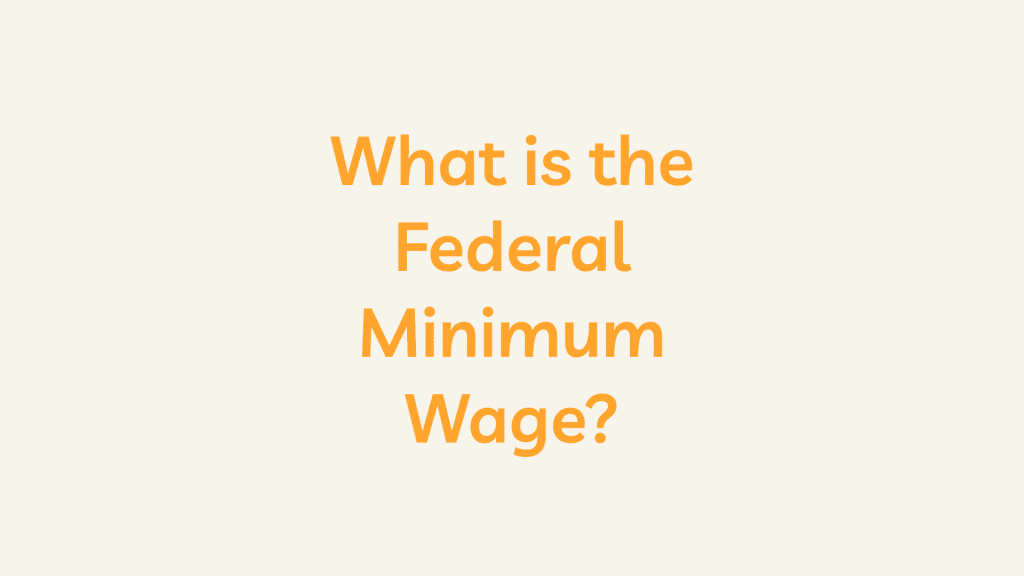The Federal Minimum Wage is a fundamental component of labor policy in the United States, serving as a pivotal mechanism to establish a baseline compensation level for workers nationwide. Enacted as part of the Fair Labor Standards Act (FLSA) in 1938, it aims to ensure that employees receive a fair and just wage for their work while also preventing labor exploitation during economic uncertainty.
Establishment and Historical Context
The Fair Labor Standards Act was a response to the economic challenges of the Great Depression. The minimum wage provision was one of its key components, reflecting a commitment to addressing widespread labor abuses and improving working conditions. At its inception, the federal minimum wage was set at 25 cents per hour.
Since its establishment, the federal minimum wage has undergone numerous revisions to keep pace with inflation and economic shifts. Congress has periodically amended the FLSA to adjust the minimum wage, ensuring that it remains a meaningful safeguard for workers. Over time, the minimum wage has increased to reflect changing economic conditions and societal expectations.
Current Status
The federal minimum wage stands at $7.25 per hour. However, this rate has faced criticism for being insufficient to meet the rising living costs, especially in certain high-cost areas of the country.
Debates Over Minimum Wage Increases
The debate over increasing the federal minimum wage has gained prominence in recent years. Proponents argue that raising the minimum wage can improve the standard of living for low-wage workers, reduce income inequality, and stimulate economic growth by putting more money into the hands of those who are likely to spend it. However, opponents express concerns about potential negative effects, including the possibility of job losses, particularly in industries with thin profit margins.
State and Local Variations
While the federal government establishes a baseline minimum wage, individual states can set their own minimum wage rates. Many states and local municipalities have implemented higher minimum wages to better reflect the cost of living in their respective areas. This approach recognizes the diverse economic conditions across the country and allows for more tailored solutions at the regional level.
Ongoing Efforts to Raise the Minimum Wage
Numerous recent legislative proposals have sought to increase the federal minimum wage. Advocates argue that a higher minimum wage is essential for addressing income inequality and ensuring that all workers receive a wage that allows for a decent standard of living. However, reaching a consensus on the appropriate level for the minimum wage remains a complex and contentious issue in the political landscape.
Conclusion
The Federal Minimum Wage is a critical element of labor regulations in the United States, reflecting the government’s commitment to ensuring fair compensation for workers. While the current minimum wage of $7.25 per hour is intended to provide a basic level of economic security, ongoing discussions and debates underscore the challenges of finding a balance that supports workers while considering the economic realities businesses face. As the economic landscape continues to evolve, the debate over the federal minimum wage will likely persist, shaping the future of labor policy in the United States.
